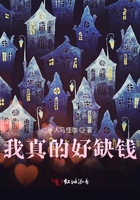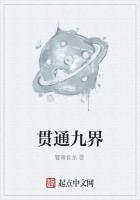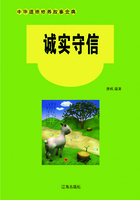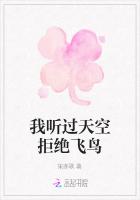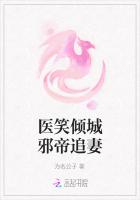Books from private presses are singular. The old English poets and satirists turned out many a book curious to the last degree, and priced at a fantastic value. Such are "Jordan's Jewels of Ingenuity," "Micro-cynicon, six Snarling Satyres" (1599), and the "Treatize made of a Galaunt," printed by Wynkyn de Worde, and found pasted into the fly-leaf, on the oak-board binding of an imperfect volume of Pynson's "Statutes." All our early English poems and miscellanies are curious; and, as relics of delightful singers, are most charming possessions. Such are the "Songes and Sonnettes of Surrey" (1557), the "Paradyce of daynty Deuices" (1576), the "Small Handful of Fragrant Flowers," and "The Handful of Dainty Delights, gathered out of the lovely Garden of Sacred Scripture, fit for any worshipful Gentlewoman to smell unto," (1584). "The Teares of Ireland" (1642), are said, though one would not expect it, to be "extremely rare," and, therefore, precious. But there is no end to the list of such desirable rarities. If we add to them all books coveted as early editions, and, therefore, as relics of great writers, Bunyan, Shakespeare, Milton, Sterne, Walton, and the rest, we might easily fill a book with remarks on this topic alone. The collection of such editions is the most respectable, the most useful, and, alas, the most expensive of the *******'s pursuits. It is curious enough that the early editions of Swift, Scott, and Byron, are little sought for, if not wholly neglected; while early copies of Shelley, Tennyson, and Keats, have a great price set on their heads. The quartoes of Shakespeare, like first editions of Racine, are out of the reach of any but very opulent purchasers, or unusually lucky, fortunate book-hunters. Before leaving the topic of books which derive their value from the taste and fantasy of collectors, it must be remarked that, in this matter, the fashion of the world changes. Dr. Dibdin lamented, seventy years ago, the waning respect paid to certain editions of the classics. He would find that things have become worse now, and modern German editions, on execrable paper, have supplanted his old favourites. Fifty years ago, M. Brunet expressed his contempt for the designs of Boucher;now they are at the top of the fashion. The study of old booksellers' catalogues is full of instruction as to the changes of caprice. The collection of Dr. Rawlinson was sold in 1756. "The Vision of Pierce Plowman" (1561), and the "Creede of Pierce Plowman"(1553), brought between them no more than three shillings and sixpence. Eleven shillings were paid for the "Boke of Chivalrie" by Caxton. The "Boke of St. Albans," by Wynkyn de Worde, cost 1pounds: 1s., and this was the highest sum paid for any one of two hundred rare pieces of early English literature. In 1764, a copy of the "Hypnerotomachia" was sold for two shillings, "A Pettie Pallace of Pettie his Pleasures," (ah, what a thought for the *******!) went for three shillings, while "Palmerin of England" (1602), attained no more than the paltry sum of fourteen shillings. When Osborne sold the Harley collection, the scarcest old English books fetched but three or four shillings. If the wandering Jew had been a collector in the last century he might have turned a pretty profit by selling his old English books in this age of ours. In old French, too, Ahasuerus would have done a good stroke of business, for the prices brought by old Villons, Romances of the Rose, "Les Marguerites de Marguerite," and so forth, at the M'Carthy sale, were truly pitiable. A hundred years hence the original editions of Thackeray, or of Miss Greenaway's Christmas books, or "Modern Painters," may be the ruling passion, and Aldines and Elzevirs, black letter and French vignettes may all be despised. A book which is commonplace in our century is curious in the next, and disregarded in that which follows. Old books of a heretical character were treasures once, rare unholy possessions. Now we have seen so many heretics that the world is indifferent to the audacities of Bruno, and the veiled impieties of Vanini.
The last of our categories of books much sought by the collector includes all volumes valued for their ancient bindings, for the mark and stamp of famous amateurs. The French, who have supplied the world with so many eminent binders,--as Eve, Padeloup, Duseuil, Le Gascon, Derome, Simier, Bozerian, Thouvenin, Trautz-Bauzonnet, and Lortic--are the chief patrons of books in historical bindings. In England an historical binding, a book of Laud's, or James's, or Garrick's, or even of Queen Elizabeth's, does not seem to derive much added charm from its associations. But, in France, peculiar bindings are now the objects most in demand among collectors. The series of books thus rendered precious begins with those of Maioli and of Grolier (1479-1565), remarkable for their mottoes and the geometrical patterns on the covers. Then comes De Thou (who had three sets of arms), with his blazon, the bees stamped on the morocco. The volumes of Marguerite of Angouleme are sprinkled with golden daisies. Diane de Poictiers had her crescents and her bow, and the initial of her royal lover was intertwined with her own.
The three daughters of Louis XV. had each their favourite colour, and their books wear liveries of citron, red, and olive morocco.


